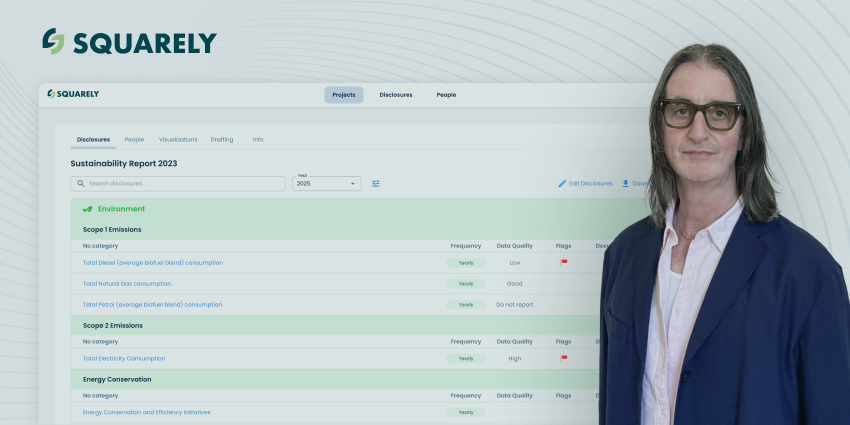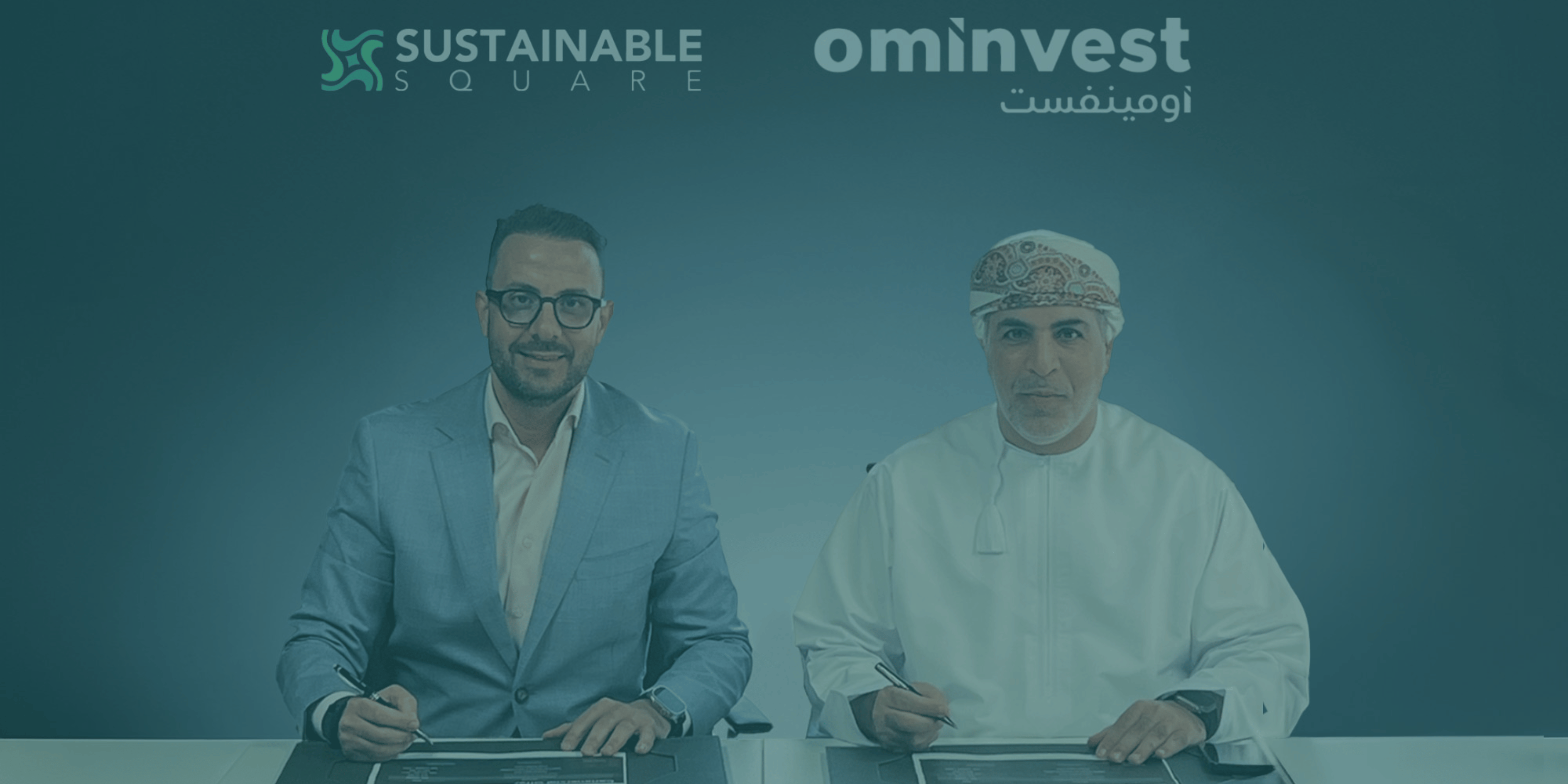Can Classic CSR Support Bridge the SDGs Investment Gap?
The UN Sustainable Development Goals (SDGs) were launched in 2015 under widespread guise that the global community, comprising of all nations indiscriminately, are at the mercy of the private sector when it comes to creating and sustaining viable solutions to critical issues. Subsequently, both companies and institutional investors are being prompted to recognize and contribute to the SDGs through their business activities, asset allocation and investment decisions. The precedence of the SDGs are entirely novel to the modern sphere. Its closest counterpart, the Millennium Development Goals (MDGs), has enjoyed a similar level of buzz yet has been faulted for its lack of campaign for a dynamic process of investment in sustainable development and resilience in the face of economic, social or environmental shocks.
Another demerit of the MDGs was that the concept required significant financial resources on focused development programmes. The SDGs, in turn, earn a shiny gold star for its capacity to hone and facilitate financing efforts pertaining to investment in economic upgrade, in areas such as basic infrastructure, clean water, sanitation, renewable energy, and agricultural production.
In reality, sans the achievement of SDGs, we are beating a dead horse – beating reflecting a continued use, and the dead horse being emblematic of present and stagnating models of socioenvironmental considerations. Bridge the investment gap to ensure the ambitions of equity we’re pining for in 2030 would be wishful thinking.
During the last few years, myself and my colleagues at Sustainable Square have been advising private sector organizations on new and innovative mechanisms to push for impact whilst generating profitability through the design and implementation of a shared value agenda. In doing so, we have noticed that the pace of change is dramatically slow. Unfortunately, this does translate to the private sector failing with regards to trend uptake, opting for a classic way of deploying CSR, community and charitable funds in communities where they operate. More often than not, these funds are calculated as percentages of net profits, which vary from 1 – 2.5% in most of the cases.
Linking a statistic of net profit to altruistic monetary support does illustrate commitment and dedication towards ‘giving back’, the following table clearly depicts the massive crack to be filled in between available community funds and needed annual investments to ensure complete usefulness of the investment.
To examine this occurrence, I chose to analyse the capacity of the top companies in a handful of key industries to channel 2.5% of their net profit towards covering the $2.5 trillion annual investment gap needed in the developing world to achieve the SDGs by 2030.
I have gathered data on the 2017 net profit of the top 10 – 50 companies operating in the biggest industries and calculated 2.5% of their net profits. The results were… well, you better take a seat.
If 470 of the largest companies in the world dedicate 2.5% of their net profit to community impact, we will be able to cover a mere 2% of the total amount required annually to achieve the SDGs by 2030. Pause for gasps!
Could this takeaway be enough for the private sector to acknowledge that their tried and tested systems are broke? Will this be sufficient to usher in an organized shift toward impact investing?
First and foremost, it is important for companies to reconcile existing assets with global goals; but, in actuality, there is not enough new capital being channelled into resolutions. Public pessimism surrounding current investment capacity’s ability to cover the investment gap needed for the SDGs is rampant to say the least.
The Global Impact Investing Network (GIIN) has since found that more impact investors are aligning their portfolios to that of global goals and are utilizing them as a model framework for measuring the effectiveness of their impact investing activities. The GIIN’s 2018 Annual Impact Investor Survey revealed that more than half of impact investors surveyed reported tracking some or all of their impact performance against the SDGs, showcasing the potential for impact investing to catalyse progress towards the goals and cover the investment gap.
The United Nations Development Programme (UNDP) released for comment and consultation a new set of standards to guide private fund managers toward investments that advance the Sustainable Development Goals (SDGs) with the intention to provide practical guideposts that make it easier for the private sector to operationalize the SDGs and shorten the runway from interest in to adoption of good impact practice.
Hence, it’s critical that companies and investors breach present horizons and go beyond alignment. Focus must orient itself towards raising and directing new capital in the direction of true progress with the SDGs at its core. Increases in investment of this scale are tough, and much of the supplementing amount need to come from the private sector. Therefore, an increasing number of companies and investors should be actively seeking opportunities that will generate not only a financial return, but also have a positive social and environmental impact through means such as the Impact Investment. Impact investment not only catalyses private sector financing to address the SDGs, but also brings pioneered approaches to the table to leverage socioenvironmental remedies and outcome accountability.
Consider this a call to all private sector groups to review the way in which they are allocating budgets for classic CSR donations, and evolve their model towards impact investing.





